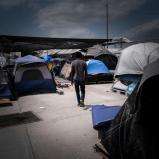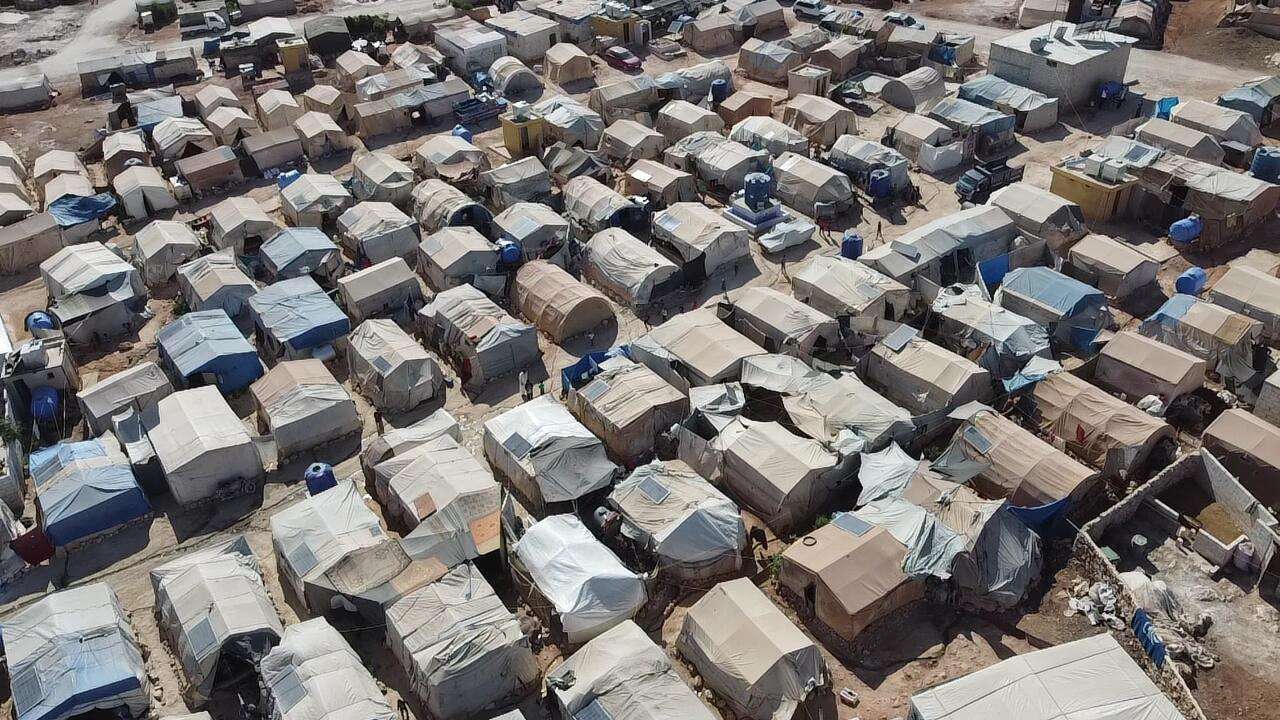More than 100 million people worldwide are now forcibly displaced from their homes, the most in modern history. The majority are internally displaced people (IDPs), those who have been uprooted but remain in their own countries. While some of the emergencies that force people to flee are well-documented, many more are unfolding largely outside the headlines. Here, we highlight some of the world’s largest displacement crises—and how Doctors Without Borders/Médecins Sans Frontières (MSF) is responding.
AFGHANISTAN
2.6 million refugees | 3.8 million IDPs
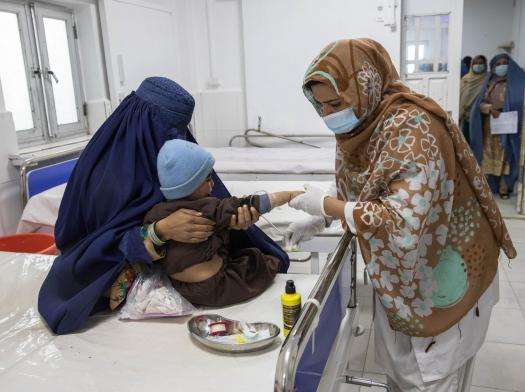
Afghanistan 2022 © Oriane Zerah
Decades of conflict, recurring natural disasters, extreme poverty, a fragile health care system, and a shattered economy have created a complex humanitarian emergency in Afghanistan. Many people still struggle to access basic and emergency medical care. MSF runs projects in five provinces, including a maternity hospital in Khost province and a clinic for IDPs in the outskirts of Herat city.
CENTRAL AMERICA & MEXICO
850,000 refugees and asylum seekers | 318,000 IDPs in Honduras and El Salvador
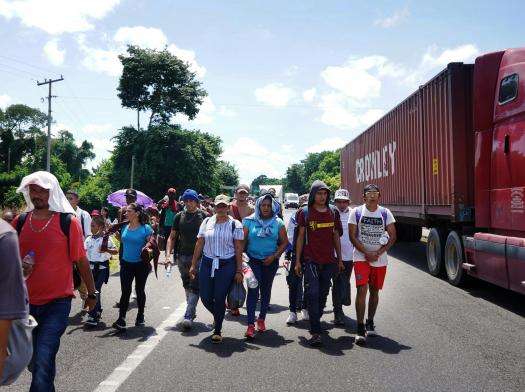
2021 © Yesika Ocampo/MSF
Displacement in the region reached record levels in 2021 as widespread violence, natural disasters, and the COVID-19 pandemic worsened both security and economic conditions. Criminalization of migration has forced people to take dangerous routes where they are exposed to robbery, torture, sexual assault, and kidnapping. MSF provides medical and mental health care along the migration route. In Mexico we assist thousands of migrants who are trapped in precarious conditions at the US-Mexico border due to harsh US policy that has prevented them from seeking asylum.
CENTRAL SAHEL
Mali, Niger, and Burkina Faso | 1 million refugees | 2.8 million IDPs
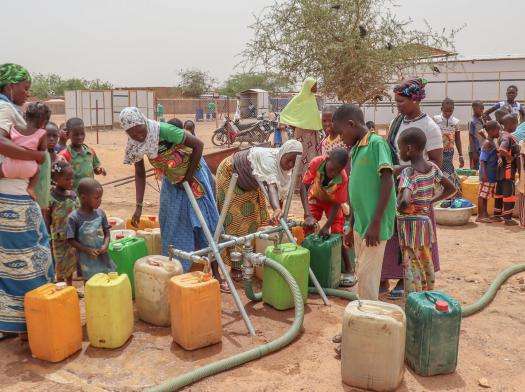
2020 © MSF
Armed conflict and food insecurity spurred by climate change has caused mass displacement in the central Sahel region. An upsurge in conflict in Burkina Faso between non-state armed groups and national and international forces has recently displaced 1.8 million people. MSF supports local hospitals and provides vaccination campaigns, mental health care, and mobile clinics. Our teams also provide clean water and sanitation services for displaced people.
DEMOCRATIC REPUBLIC OF CONGO
1 million refugees | 5.5 million IDPs
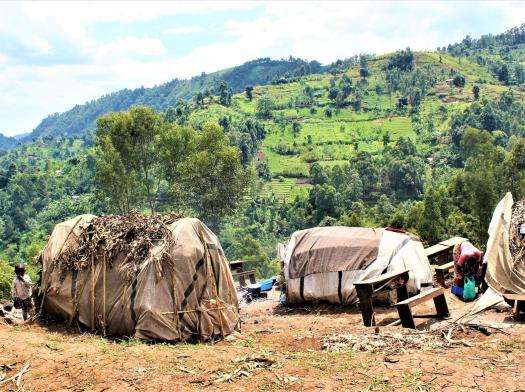
2022 © Elise Mertens/MSF
An escalation in fighting between armed groups and targeted attacks on civilians has forced millions of people to flee their homes in the last year—it’s the largest internal displacement situation in Africa. MSF works in 20 of DRC’s 26 provinces. Our teams have provided medical and psychological support to thousands of victims of sexual violence in the conflict-affected provinces of North Kivu, South Kivu, Ituri, and Maniema.
NIGERIA
336,000 refugees in Chad, Niger, and Cameroon 2.9 million IDPs
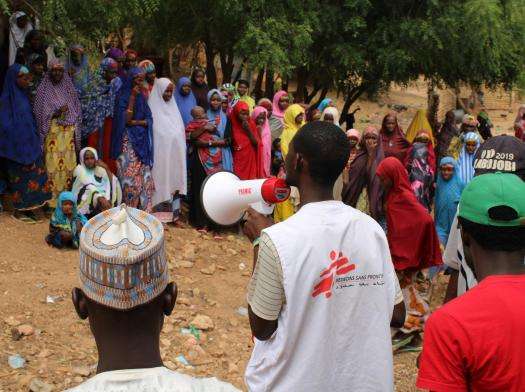
2021 © Ghada Safaan/MSF
Northeastern Nigeria has endured more than a decade of armed conflict between the government and non-state armed groups. People living in areas controlled by armed groups have no access to humanitarian assistance. MSF runs one of its largest operations worldwide in Nigeria, assisting people affected by violence and displacement, providing basic and specialist health care, and responding to disease outbreaks and other emergencies.
ROHINGYA REFUGEE CRISIS
980,000 refugees | 223,000 IDPs in Myanmar’s Rakhine State
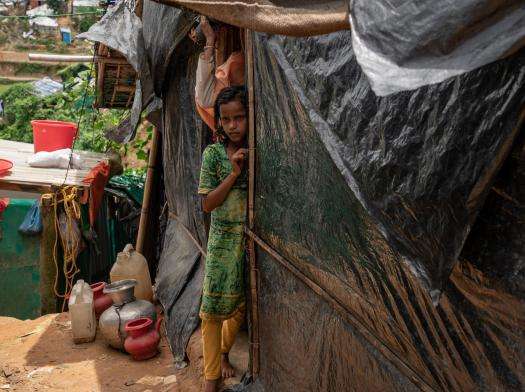
2019 © Anthony Kwan
In 2017, tens of thousands of Rohingya people fled targeted violence at the hands of the Myanmar military. The majority crossed the border into Bangladesh’s Cox’s Bazar district, joining hundreds of thousands who had fled earlier waves of violence. In 10 facilities MSF teams provide a range of specialist care to address some of the vast health needs and the medical consequences of poor camp conditions. MSF is the largest provider of specialist psychiatric care in the camps.
SYRIA
5.6 million refugees | 6.9 million IDPs
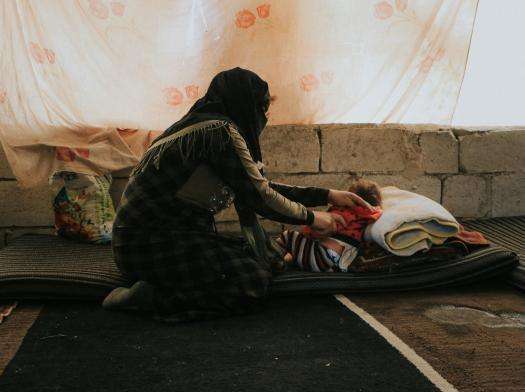
2022 © Abd AlmajedAlkarh/MSF
Eleven years of war, economic crisis, and the COVID-19 pandemic have left more people than ever in need of humanitarian assistance. MSF works in several areas of northern Syria, including the northwest where some 2.7 million people remain displaced. Our teams also run mobile clinics in IDP camps and improve water supply and sanitation facilities.
UKRAINE
6.8 million refugees | 7.1 million IDPs
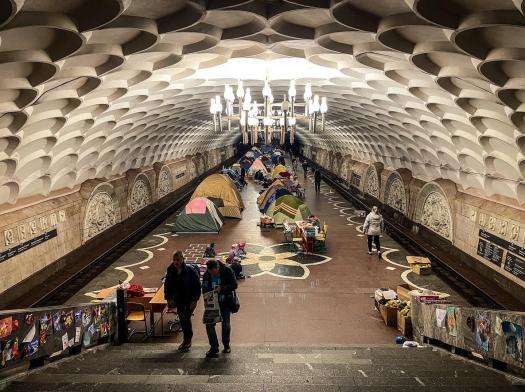
2022 © Mohammad Ghannam/MSF
As of June 2022, the war in Ukraine has uprooted one-third of the population from their homes. In Ukraine, MSF delivers urgent medical supplies, trains health workers on managing mass casualty incidents, runs mobile clinics, and organizes medical evacuations of hospitalized patients close to the front lines.
YEMEN
4.3 million IDPs
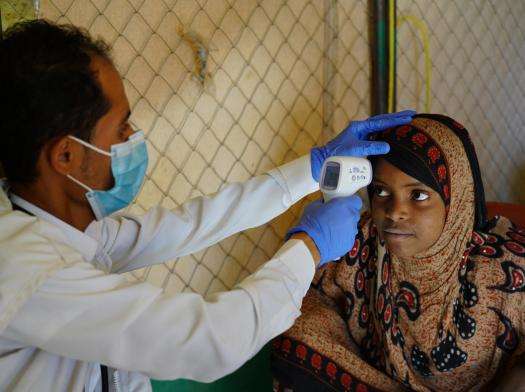
Yemen 2022 © Hesham Al Hilali/MSF
The war in Yemen—now in its eighth year—has caused one of the world's worst humanitarian crises: More than 70 percent of Yemeni people rely on aid for their survival and millions have fled their homes. MSF provides lifesaving care to people injured directly by violent conflict. We also treat patients who suffer from the longer-term impacts of war, including for mental health and malnutrition.
